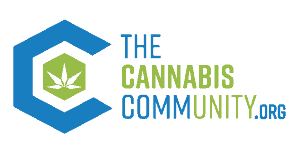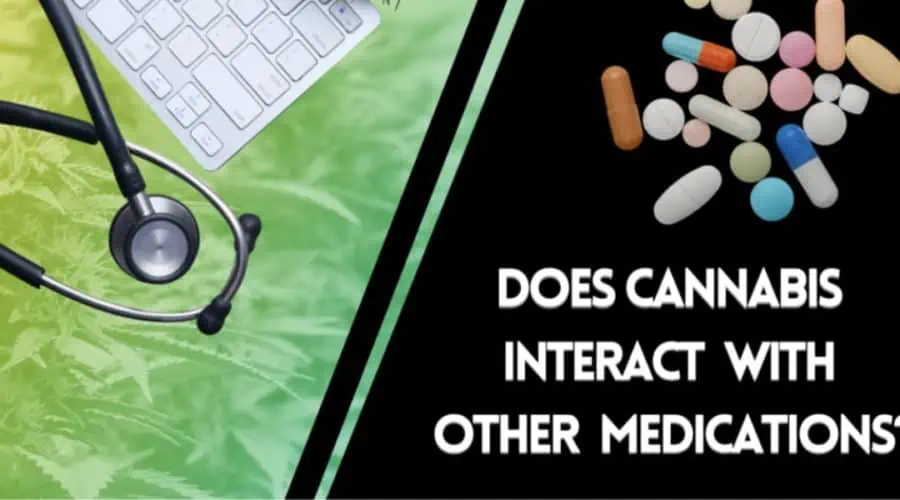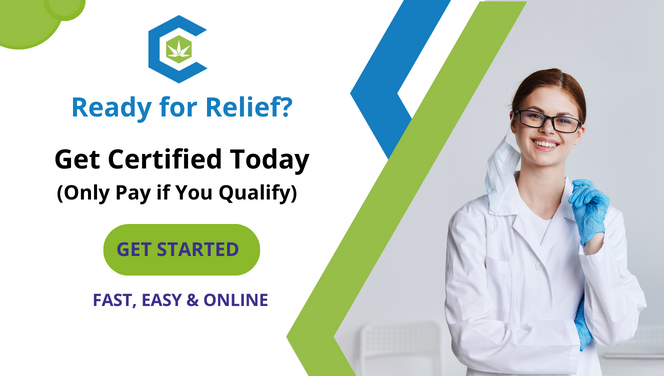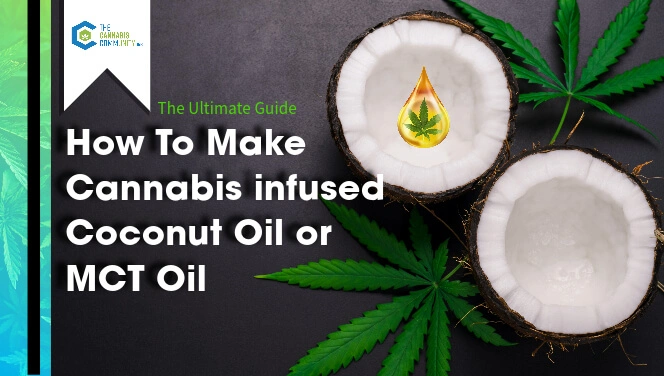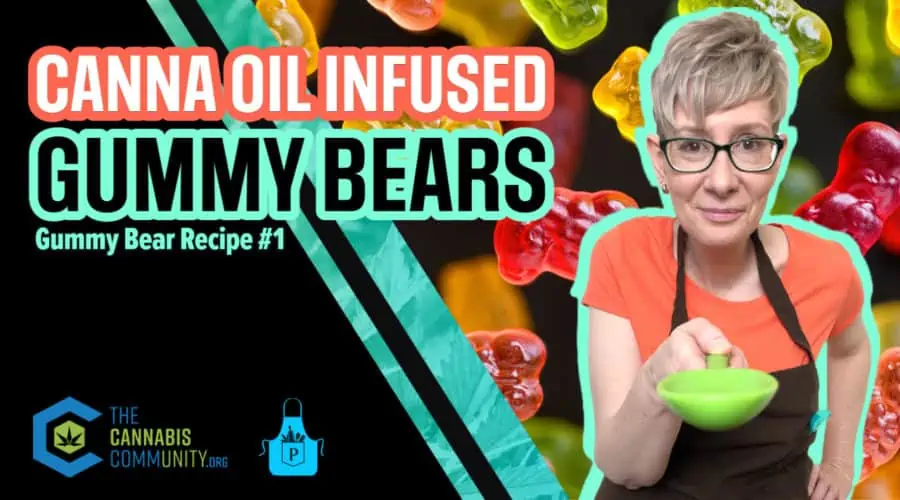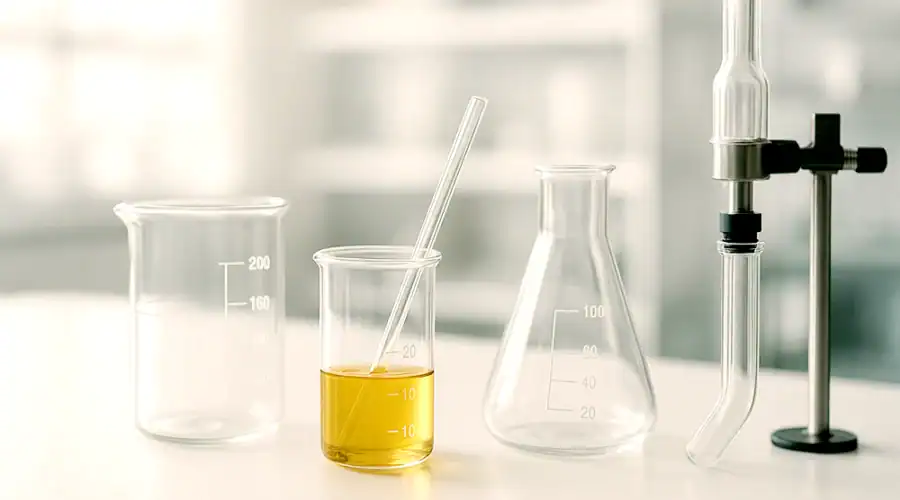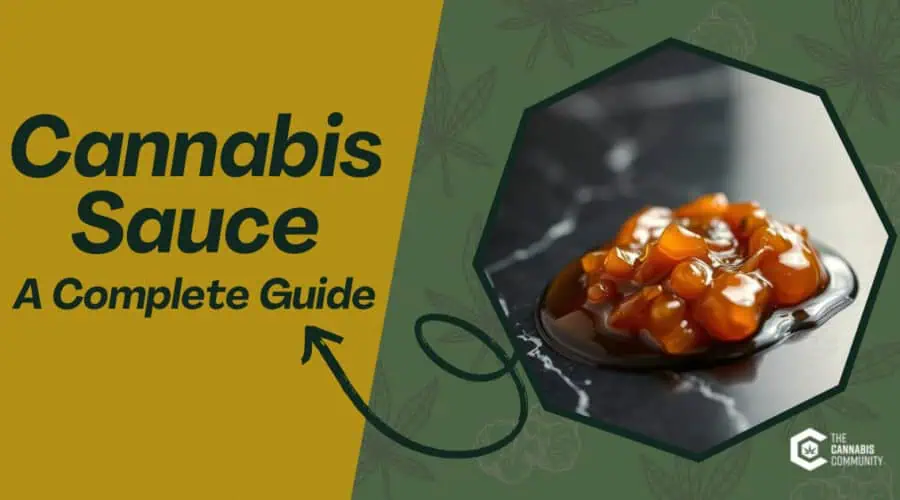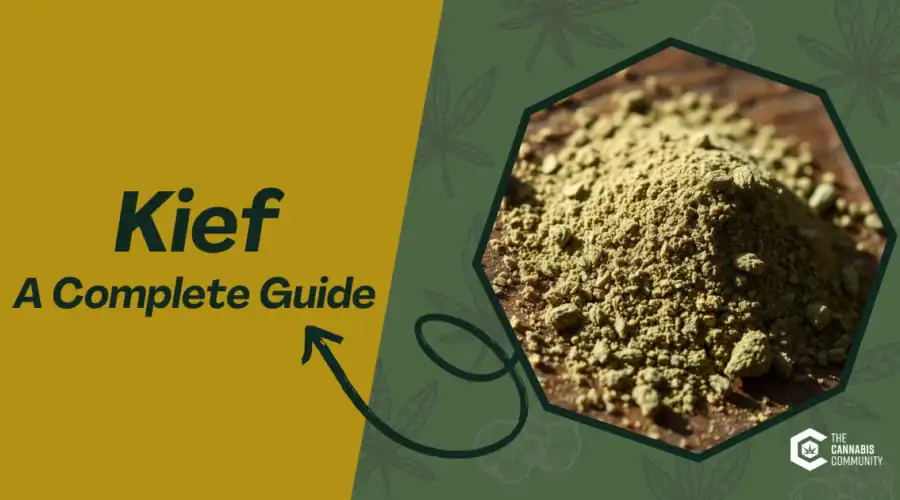Does Cannabis Interact With Other Medications?
While there are many studies that have been done on medical cannabis and its effects on the body, there are still a lot of unknowns. The cannabis plant can interact with many prescription and over-the-counter medicines.
It’s important to be aware of these interactions before you start using cannabis so that you can avoid any potential adverse effects.
We list several common medications that may interact when using medical cannabis or hemp products. Please discuss this with your doctor to ensure you consume cannabis safely.
Understanding How Medical Cannabis Interacts With Other Medications
The term “hemp” refers to cannabis with a THC (tetrahydrocannabinol) level of 0.3% or less by dry weight. This number was used in the legal definition of hemp, in the Agricultural Act of 2018 and other US statutes. Hemp does not make you high since the THC content is so low.
Marijuana, on the other hand, is a type of cannabis that contains more than 0.3% THC (often as much as 30% THC), which is why it can provide the user with psychedelic and euphoric effects.
THC and CBD are found in marijuana and hemp products such as candies and edibles, but their interactions with prescription medications can have major adverse effects, just as grapefruit and statins can cause a dangerous interaction.
Bleeding issues, increased drowsiness, decreased heart rate and breathing rate, acute confusion and memory loss, and poor judgment are all possible adverse effects when cannabis is combined with other drugs. THC, the psychoactive component of cannabis, interacts with about 400 prescription drugs, while CBD (cannabidiol) interacts with over 540.
The chemical compounds THC and CBD can also be processed in the body by at least two families of enzymes that may also help digest and eliminate more than 70% of the most regularly used prescription medicines.
A family of enzymes called cytochrome P450s (CYPs) is responsible for metabolizing THC and CBD in the early stages of metabolism, while the UDP-glucuronosyltransferases (UGTs) are in charge of the latter stages.
Researchers discovered that several essential CYP enzymes, including those that play important roles in the liver, were blocked by the major THC metabolites.
Some cannabis compounds, particularly CBD, blocked two of the liver’s key UGT enzymes.
CBD was also discovered to block three enzymes that account for nearly 95% of UGT metabolism in the kidney, which aid in the elimination of toxins and certain medications.
THC and CBD only stay in your body for around 30 minutes before being broken down by enzymes, but the compounds that arise from the process can persist in your body for up to two weeks, according to the study’s authors.
That means there’s a chance medical cannabis might make some prescription drugs dangerously stronger or cause other medications to flood through your system so quickly that they’re useless.
Consumers should always talk to their doctor and pharmacist about their marijuana use to make sure they aren’t endangering their health.
The following are examples of medicines that can have hazardous interactions with marijuana:
- Sedatives including Ambien, Lunesta, and Benadryl
- Anti-anxiety drugs including Xanax, Valium, and Librium
- Antidepressants including Zoloft, Prozac, and Lexapro which are used to treat depression
- Pain relievers such as Codeine, Percocet, and Vicodin
- Anticonvulsants or seizure drugs such as Tegretol, Topamax, and Depakene
- Anticoagulants or blood thinners such as Coumadin, Plavix, and heparin
CBD May Change the Way Your Body Processes Certain Medications
CBD has the ability to impact the way your body processes certain medications. This can include affecting how quickly your body metabolizes (or breaks down) certain medications, or how many medications your body can break down at once.
Your body may also break down certain medications differently than normal. This could mean that you have a harder time getting rid of them, or that you need to take more of them to get the same effect.
Inhaled CBD has the highest absorption rate, reaching high blood levels within 30 minutes and posing acute adverse effects.
The absorption rate of edibles is slower and they are less likely to trigger a high concentration peak, although they may eventually cause problems or interact with other drugs.
Although there is very little evidence on how much CBD eventually gets into the blood, topical formulations such as creams and lotions may not absorb and get into the blood in significant enough amounts to intervene with other drugs.
To add to the complexity, none of these items are regulated or assessed for quality, concentration, or toxicity.
If you’re taking a medication that contains CBD, talk to your doctor about the best way to take it. You also may want to talk to your doctor if you’re taking a new medication.
Trying Medical Cannabis Safely While Taking Medications
Inform Your Doctor
People considering or using medical cannabis or CBD products should always consult their doctor first, especially if they are taking other medications or have underlying medical illnesses, including liver disease, renal disease, epilepsy, heart problems, a damaged immune system, or are taking medications that can affect the immune system (such as cancer medications).
A pharmacist can help you figure out if a supplement, herbal product, or over-the-counter or prescription drug might interact with cannabis. Don’t think that it is safe because something is natural and that attempting it won’t harm you.
It’s still a possibility and a potentially dangerous situation you can avoid by proactively conversing with your doctor.
Do Not Change Your Medication Dose
Do not start, stop, or change the dose of any medication without first checking with your doctor. They might be able to assist you in finding the right medical cannabis or CBD product, dose, and regimen that is compatible with your prescriptions.
In some cases, your doctor may wish to check the amounts of specific drugs in your blood plasma.
CBD lotions, creams, and salves applied topically could be a viable choice. Unless it’s a transdermal solution designed to do so, topicals rarely permeate the bloodstream, unlike oils, edibles, and vaping solutions.
Take Medical Cannabis Gradually
Many new users of cannabis are frustrated by the experience of trying to figure out what works best for them. The first thing most people do is to try using too much, which may lead to a stressful and unpleasant experience. Instead, start slowly.
Begin by using the lowest possible doses of cannabis that your body requires.
Remember, you are using a plant medicine. The dose will be very different for each person. If you are not feeling well, your body may need less; if you are feeling great, you may need more, or vice versa.
It is better to default to using too little rather than too much.
Let your body tell you when you need more. It is much better to use cannabis in a safe manner and watch how your body reacts to it.
Medical Cannabis and Other Substances
While many people have heard of the dangers of mixing drugs like cannabis and prescription meds, they may not be aware of the risks when it comes to mixing cannabis and other substances.
Some people think that cannabis will make their prescription meds work better, or that cannabis and alcohol will have the same effect on their bodies.
This isn’t true. Knowing the potential side effects of combining these substances before you take them is important.
There are a number of drugs that can interact with marijuana, and others that can cause serious health problems.
Some of these are prescription drugs with depressant or sedative properties, while others include recreational drugs and alcohol. It is important to watch out for these interactions.
Common drugs with depressant properties include:
- prescription meds like morphine and oxycodone
- alcohol
- prescription sedatives
- prescription sleep aids
- other prescription drugs that contain depressants
- recreational drugs like cocaine, benzodiazepines, and opiates are all depressants
Antidepressants do not calm you down like marijuana but may help you with depression. Like all medications, they have side effects and can be dangerous if taken inappropriately.
Because the brain and mood are changing, you may find yourself feeling a little drowsy, more relaxed, and seeing things with different eyes after smoking a bowl.
Experts agree that patients should tell their doctors if they’re taking marijuana to decrease the risk of a potentially hazardous marijuana-medication interaction.
Always make sure your health care practitioner is aware of your cannabis use.
Ready to Get a Medical Cannabis Card? Certifications in 24-Hours!
Enjoyed This Content? Read More:
-
How to Make Cannabis-Infused Coconut Oil or MCT Oil: Crockpot Recipes
In this guide, you’ll learn how to make cannabis-infused coconut oil or MCT oil, decarboxylate cannabis, or choose to infuse cannabis into any oil of your choice.
-
How to Make THC Gummy Bears with Canna Oil
This is a great no-fail recipe for beginners. The corn syrup in this recipe will help your gummy bears have that nice and chewy texture we’ve all come to love.
-
Understanding Hemp Concentrate Extraction Methods
Hemp extraction processes are essential for creating a variety of cannabis concentrates. Each method, from solvent-based to rosin pressing, contributes uniquely to the final product’s quality and characteristics. Hemp plants are rich in cannabinoids and terpenes, which are extracted through various methods to produce concentrates. These processes are crucial for maintaining the integrity and potency…
-
What Is Cannabis Concentrate Sauce? A Guide to Terpene-Rich THC Extracts
Learn what terp sauce is — a potent cannabis extract rich in terpenes and flavor. Explore top concentrates and find your next favorite cannabis product.
-
What Is Kief? Benefits, Uses, and How to Collect This Potent Cannabis Concentrate
Kief is a potent cannabis concentrate made from cannabis flower trichomes. Discover how this hash-like extract is collected and used & why fans love it.

